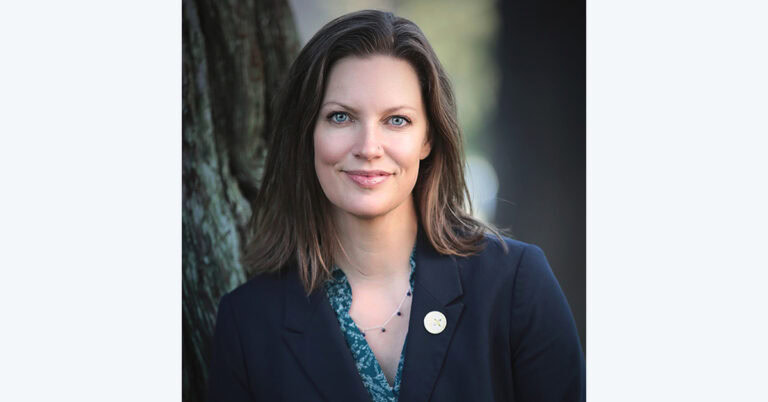Deputy Director
California Maneuvers to Stay on Cutting Edge of Drone Research
July 21, 2016 | CCST Newsroom, Press Releases | Contact: M. Daniel Decillis

Unmanned aircraft systems (UAS), or drones, represent a cutting edge technology whose potential uses offer a wide range of personal and business applications. As with other technologies, California’s taken steps to ensure that it’s at the forefront of both the research and the legal framework for integrating the new technology into society, as well as existing and evolving business models. Both are key to constructive progress in research, development, and implementation of technology such as drones.
Numerous research facilities in California have been leaders in various aspects of drone research, including the UC Davis Center for Spatial Technologies and Remote Sensing, which is a partner in the Federal Aviation Administration (FAA) Alliance for System Safety of UAS through Research Excellence network, as well as the NASA Airborne Science Program at NASA Ames Research Center. But there is also growing interest in public-private partnerships, particularly with the release of the FAA’s new regulations on UAS in June 2016. These changes bring more opportunities for drones to do work they haven’t been able to do in the past. For example, the new rules on commercial drone usage allow farmers to use drones to help more precisely monitor water usage, allowing more efficient use of water. One coalition sees this context as an opportunity to build a public-private partnership that would make San Bernardino International Airport a national center for commercial drone research.
“When innovators and capital are managed with intelligence and responsibility, great things happen,” said Tesla Foundation CEO Keith Kaplan. The Tesla Foundation, an independent non-profit focused on UAS technology, has partnered with the San Bernardino International Airport Authority to support development of to support development of the first Commercial UAS Research Center in the country, to be known as the “National Commercial Drone Research Center”.
“This airport could be one of the most important, if not the most important, aviation logistics airports in the world leading the technology for UAS innovations and inventions,” said Kaplan.
An important part of the coalition’s plans involves integrating the proposed research center with local workforce development and training as well. Bruce Baron, Chancellor of the San Bernardino Community College District, has said the SBCC looks forward to “crafting a role that will best serve our students and the Inland Empire community through the utilization of specialized technology in the workforce development arena.”
“This kind of synergy between commercial interest and education is great,” said Brandon Stark, Director of the UC Center of Excellence for Unmanned Aircraft Systems Safety, a hub established at UC Merced in March 2016 for UC systemwide policies, procedures and training protocols relating to drone use and research. “It’s a balancing act, where you have both innovators and end users working directly with each other, along with the educational component involving students.”
Stark noted that the rapid development of drone technology, and their application to such a wide and evolving range of uses, has led to an uncertain policy framework which has often lagged behind the technology. California, which has a history of developing legislation for new technology relatively quickly, has seen several drone-related bills proposed over the past two years (there are at least three currently pending consideration in the California Legislature). The FAA, however, issued its own set of rules for UAS in June 2016, superseding state laws in some areas and creating a climate of confusion over what is permitted and what is not.
“It can be challenging to navigate the changing landscape of federal and state law,” said Stark. “One of our roles at the Center is to provide UC campuses with guidance on complying both with current laws and UC safety policies.” He added that his center has also been working with counterparts at the California State University System and California Community College System.
The proposed commercial drone research center in the San Bernardino area is an example of innovation helping to leverage existing resources and infrastructure – in this case the existing logistics hub at the airport and the community college system – into a hub that can expand in a way that benefits the broader community.
“UAS technology offers an excellent opportunity for a research tech hub such as this,” said Stark. “Provided all the right stakeholders are involved, the center, the educational system, and the community can grow together.”
M. Daniel DeCillis, PhD is the Spotlight editor and a Senior Research Associate at the California Council on Science and Technology.
The California Council on Science and Technology (CCST) is a nonpartisan, not-for-profit organization established via the California State Assembly – making California’s policies stronger with science since 1988. CCST provides California’s Executive and Legislative Branches with independent scientific advice, convening a diverse network of expertise spanning California’s public and private universities, community colleges, and Federal research laboratories.
- University of California Davis
- University of California Merced
- San Bernardino Community College District
- NASA Ames Research Center
Follow CCST on Facebook, on Twitter, and on LinkedIn.
CCST Sustaining Institutions and Affiliates Featured: University of California Davis; University of California Merced; NASA Ames Research Center; California Community College System




